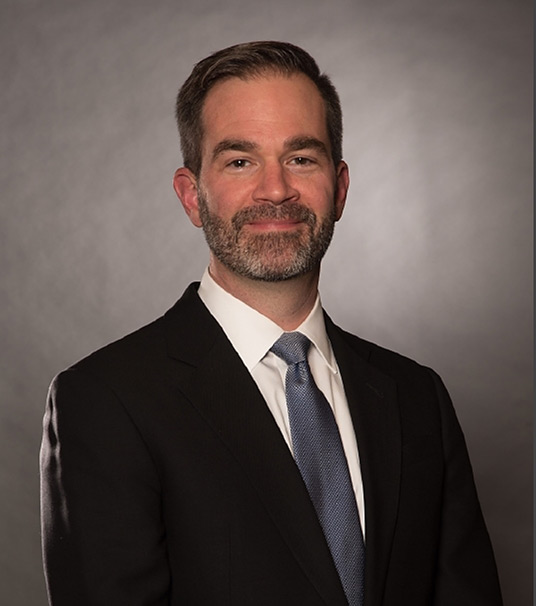Overview
The Interventional Radiology Program at Rady Children’s offers patients minimally invasive, image-guided procedures to diagnose and treat various medical conditions. With the combined expertise of radiology and more precise interventional procedures, our program offers children less invasive alternatives to traditional surgery. This gentler approach is especially important for children with smaller, growing bodies.
Conditions
Our expert team at Rady Children’s Hospital within our interventional radiology program specializes in addressing a wide range of complex conditions affecting children. We collaborate with medical professionals from other program services to provide tailored solutions for conditions such as vascular conditions, various lymphatic issues, and many others.
- Vascular anomalies
- Lymphatic and chylous leakage
- Soft tissue or bone tumors
- Deep venous clots, including thoracic outlet syndrome and May-Thurner Syndrome
- Transplant complications
- Difficult vascular access
- Pleural effusions or ascites
- Pneumothorax
- Infected fluid collections (abscesses)
Treatment
- Specially trained pediatric interventional radiologists use various imaging modalities, including ultrasound and low-dose X-ray (fluoroscopy), to guide minimally-invasive procedures such as:
- Sclerotherapy: Injections to treat venous and lymphatic malformations using small needles.
- Angiography: A medical test that uses dye and X-rays to see inside blood vessels.
- Embolization: A procedure to block blood vessels using tiny particles or glue.
- Drainage of abscesses or fluid collections: Inserting a thin tube to remove pus or fluid from lumps or pockets to help healing.
- Biopsies: Taking a small sample of tissue from the body to examine it under a microscope to diagnose diseases or conditions.
- Gastrointestinal procedures: Placing gastrojejunostomy (GJ) feeding tubes.
- Ablation: Treating bone and soft tissue tumors with radiofrequency, microwave or cryoablation (freezing).
- Lymphangiography – Evaluating and treating lymphatic leakage into the chest or abdomen.
- Vascular access – Placing catheters for hemodialysis or ports for long-term medication infusions.
Using real-time imaging helps our skilled specialists use small tools like needles and tiny tubes for procedures instead of open surgery. It lets our team precisely treat specific areas, so your child feels less pain, recovers faster, and has tiny scars or even no scars at all. Many times, these treatments don’t need a hospital stay. Plus, our advanced imaging technology helps us diagnose complex issues while keeping your child’s exposure to radiation low.
Integration with The Dickinson Image-Guided Intervention Center
In conjunction with our commitment to advancing pediatric care, Rady Children’s Hospital seamlessly integrates the expertise of the Pediatric Interventional Radiology Program with the groundbreaking capabilities of The Dickinson Image-Guided Intervention Center. This collaborative approach benefits significantly from the cutting-edge imaging technology housed within the center.
The novel real-time magnetic resonance imaging technology, featuring 3D real-time MRI created by Siemens AG, enhances our ability to perform minimally invasive, image-guided procedures. This synergy empowers our team to provide even more precise diagnoses and treatments, ultimately benefiting children with complex conditions.
Our Team
Rady Children’s Hospital-San Diego is ranked a top 10 children’s hospital by US News & World Report 2023-24. Rady Children’s pediatric interventional radiology program is led by Rush Chewning, MD, who has more than 10 years of dedicated subspecialty expertise and completed fellowships in both adult and pediatric interventional radiology. Additionally, we work collaboratively with other program services including our Heart Institute, Interventional Cardiology, Gastroenterology, Nephrology, Liver transplant and Pediatric Surgery to provide a multidisciplinary and comprehensive approach to the care of our patients and their families. This specially trained team includes pediatric interventional radiologists, anesthesiologists, registered nurses, radiologic technologists, and more.

Rush Chewning, MD
Dr. Chewning is the Medical Director of the Pediatric Interventional Radiology Program at Rady Children’s. With over 10 years of subspecialty expertise that includes dedicated fellowships in both adult and pediatric Interventional Radiology, Dr. Chewning has honed his expertise as a health professional over years of practice. Notably, he spent the last six years as an attending physician and served as the Associate Fellowship Director for Pediatric Interventional Radiology at Boston Children’s Hospital, where he specialized in the diagnosis and treatment of patients with complex cases, including vascular anomalies, transplant complications, lymphatic leakages, thoracic outlet syndrome, and more. Dr. Chewning obtained his medical degree from Johns Hopkins University School of Medicine. He completed his radiology residency at the University of Washington, where he also completed a Vascular and Interventional Radiology fellowship before a second fellowship in Pediatric Vascular and Interventional Radiology at Boston Children’s Hospital.
Contact
For inquiries or referrals to the Pediatric Interventional Radiology Program at Rady Children’s Hospital, please feel free to reach out to us:
Toll-free: 800-788-9029
Phone: 858-966-4096
E-mail: refsvc@rchsd.org